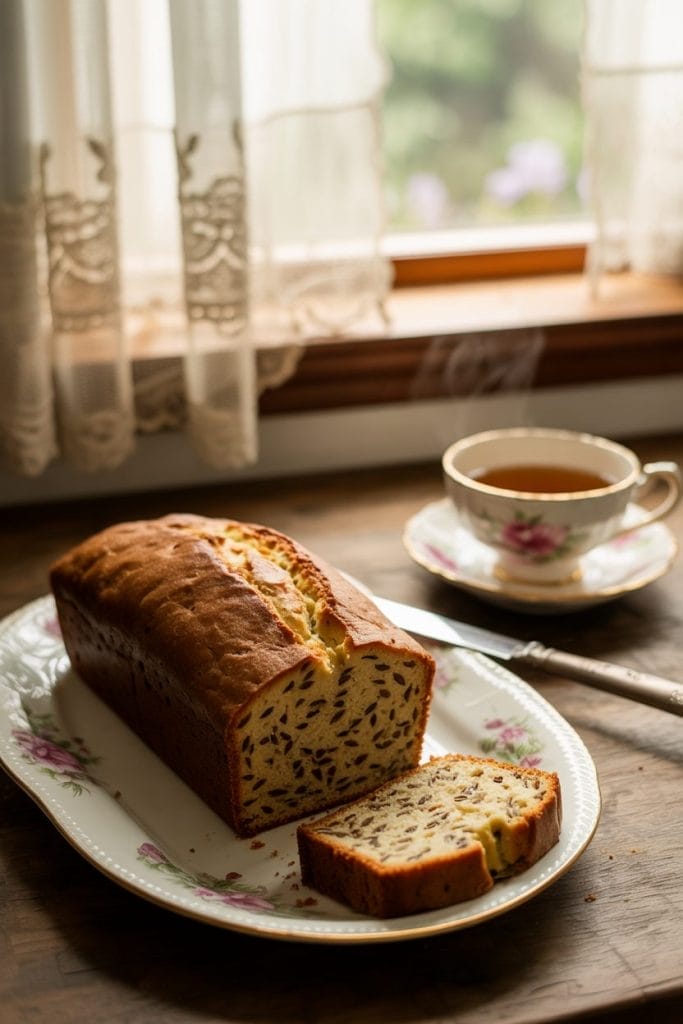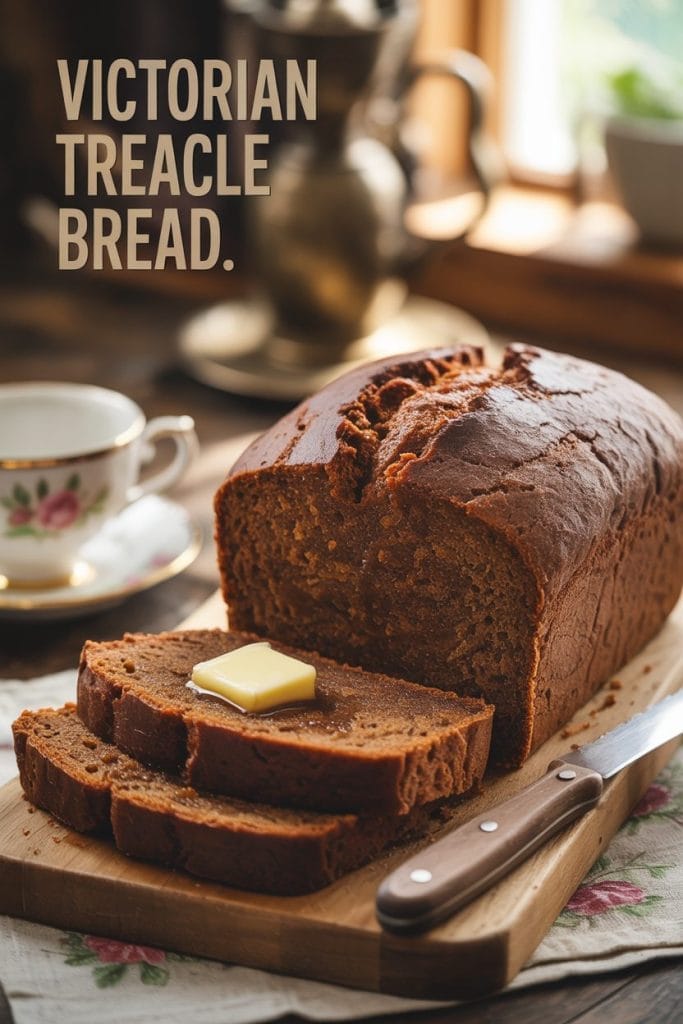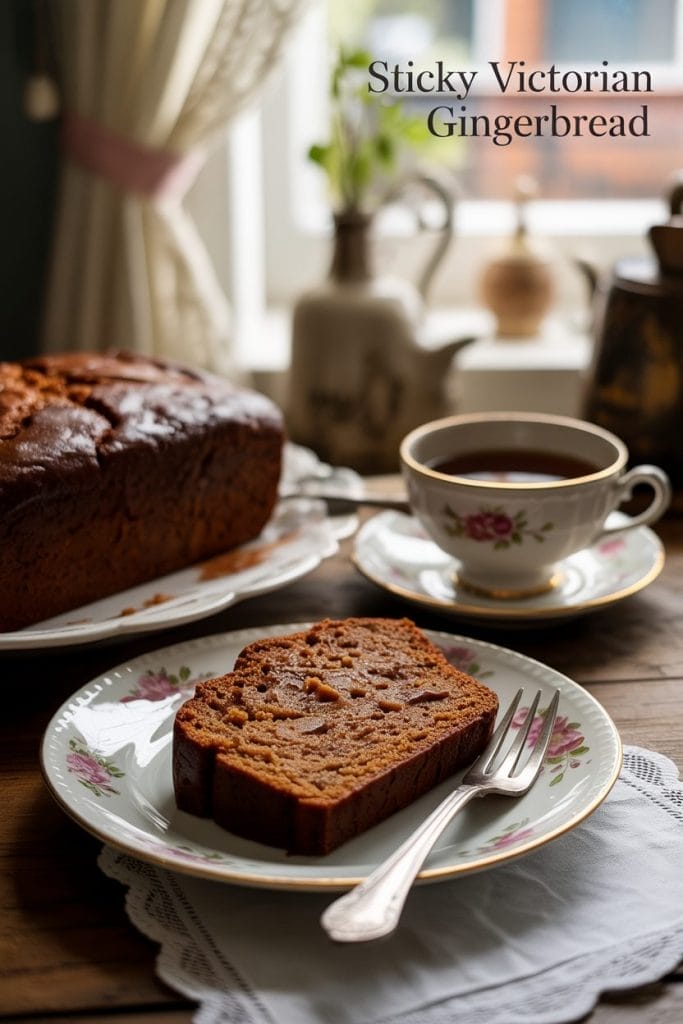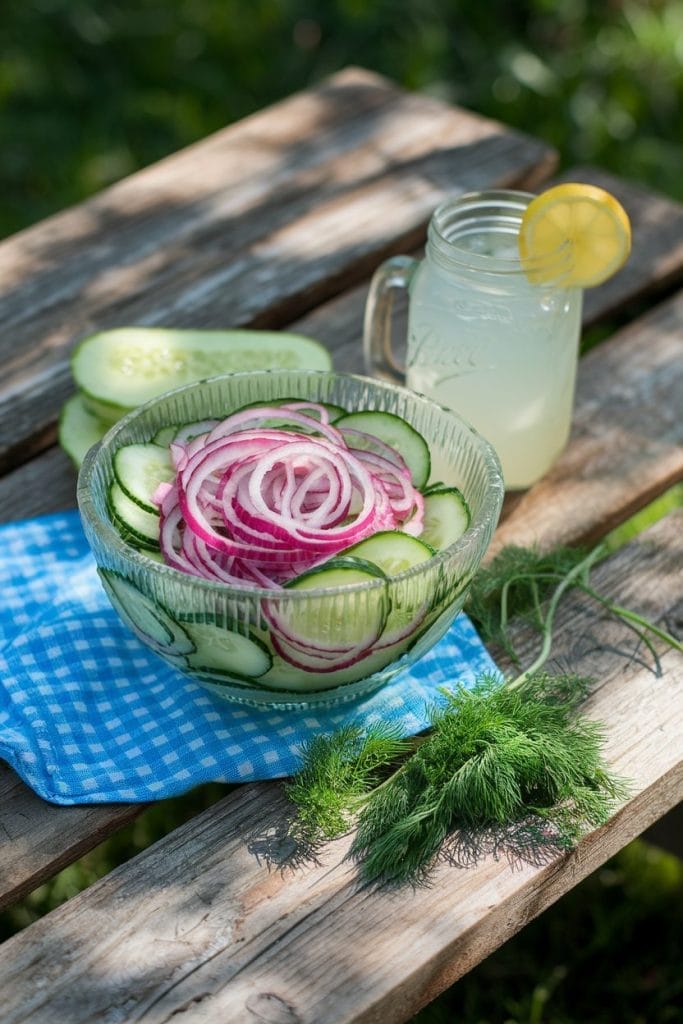Home > Single Recipes > Rye Bread from WW2: A Wartime Loaf with a Story
Last Updated: February 8, 2025
I Made These FREE Vintage Recipe Tools JUST For You
This recipe was created with help from AI tools and carefully reviewed by a human. For more on how we use AI on this site, check out our Editorial Policy. Classic Fork earns a small commission from Amazon and other affiliate links at no extra cost to you, helping us keep our content free and honest.
Rye Bread from WW2: A Wartime Loaf with a Story
Time Period:
Meal Type:
Cooking Time: 40 minutes
Prep Time: 20 minutes
Total Time: 1 hour (plus rising time: 2 hours)
Servings: 1 loaf (approximately 12 slices)
Calories: 120
During WW2, food rationing made simple, hearty recipes essential. This rye bread captures the resilience and resourcefulness of that time. Its dense texture and earthy flavor make it not just a slice of bread but a slice of history.

What Would You Cook in Wartime?
Step back in time and discover what you could make with limited wartime rations
History of WW2 Rye Bread
WW2 brought food shortages across Europe. Flour was often a blend of rye, potato, and other grains due to wheat shortages. This recipe stems from that era, designed to maximize nutrition with limited ingredients. Rye bread became a staple for soldiers and families, offering sustenance during tough times.
Equipment Needed:
- Large mixing bowl (I love this mixing bowl set)
- Wooden spoon (Love environmet & style? Get this bamboo spoon set) or dough hook
- Measuring cups and spoons
- Baking sheet or loaf pan
- Clean kitchen towel
- Cooling rack
Ingredients:
- 2 cups rye flour
- 1 cup all-purpose flour
- 1 ½ teaspoons salt
- 1 teaspoon sugar
- 1 packet (2 ¼ teaspoons) active dry yeast
- 1 cup lukewarm water (approximately 100°F)
- 1 tablespoon vegetable oil (or lard, if authentic to WW2)
- Optional: 1 teaspoon caraway seeds for flavor

Instructions: How to Make Rye Bread from WW2
Step 1: Activate the Yeast
In a small bowl, dissolve sugar in lukewarm water. Sprinkle the yeast over the water and let it sit for 10 minutes until frothy.
Step 2: Combine Dry Ingredients
In a large mixing bowl, combine rye flour, all-purpose flour, and salt. Stir well to evenly distribute the ingredients.
Step 3: Mix the Dough
Create a well in the center of the dry ingredients. Pour the yeast mixture and vegetable oil into the well. Use a wooden spoon (or your hands) to mix until a sticky dough forms.
Step 4: Knead the Dough
Lightly flour a clean surface. Knead the dough for about 8-10 minutes until smooth and elastic. If it’s too sticky, add a small amount of flour, but avoid over-flouring to keep the bread moist.
Step 5: First Rise
Place the dough in a lightly oiled bowl. Cover with a kitchen towel and let it rise in a warm spot for about 1 ½ hours or until doubled in size.

Step 6: Shape the Loaf
Punch down the dough to release air. Shape it into a loaf or place it in a greased loaf pan. Let it rise again for 30-45 minutes.
Step 7: Bake the Bread
Preheat your oven to 375°F (190°C). Bake the loaf for 35-40 minutes, or until it sounds hollow when tapped on the bottom.
Step 8: Cool and Serve
Transfer the bread to a cooling rack and let it cool completely before slicing. Serve with butter or jam for a true vintage experience.
Special Notes:
- For authenticity, lard can replace vegetable oil, as it was commonly used during rationing.
- If rye flour is too dense for your liking, you can substitute ½ cup with all-purpose flour for a lighter loaf.
- Store the bread in a paper bag to maintain its crusty texture.
Nutrition (Per Slice):
- Calories: 120
- Carbohydrates: 20g
- Protein: 3g
- Fat: 2g
- Fiber: 2g
- Sodium: 150mg

Maggie Hartwell
Hi there, I’m Maggie Hartwell, but you can call me Maggie—the apron-clad foodie behind Classic Fork! I created Classic Fork because I’m convinced food has a way of telling stories that words can’t. So, grab a fork and dig in. The past never tasted so good!






